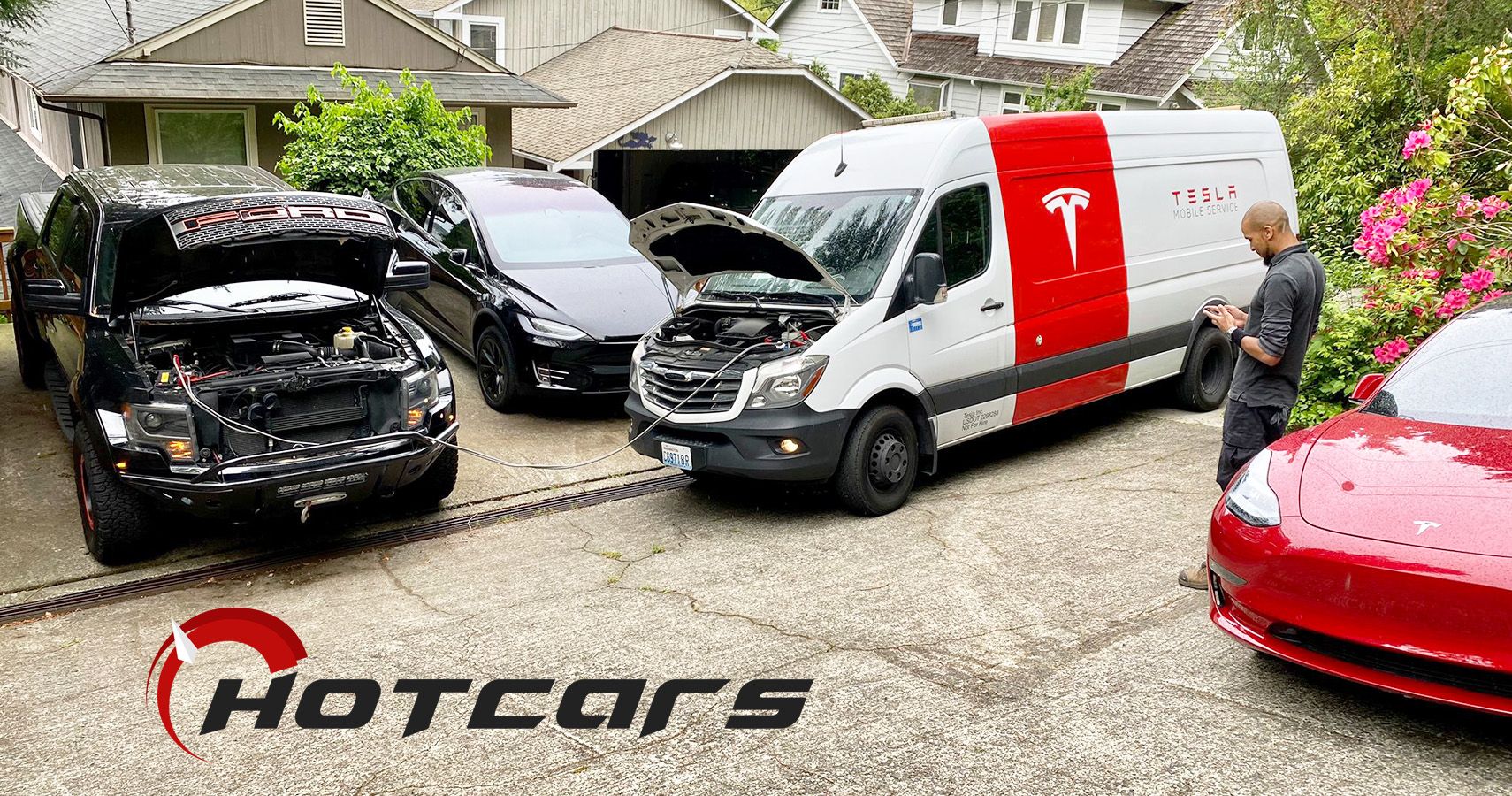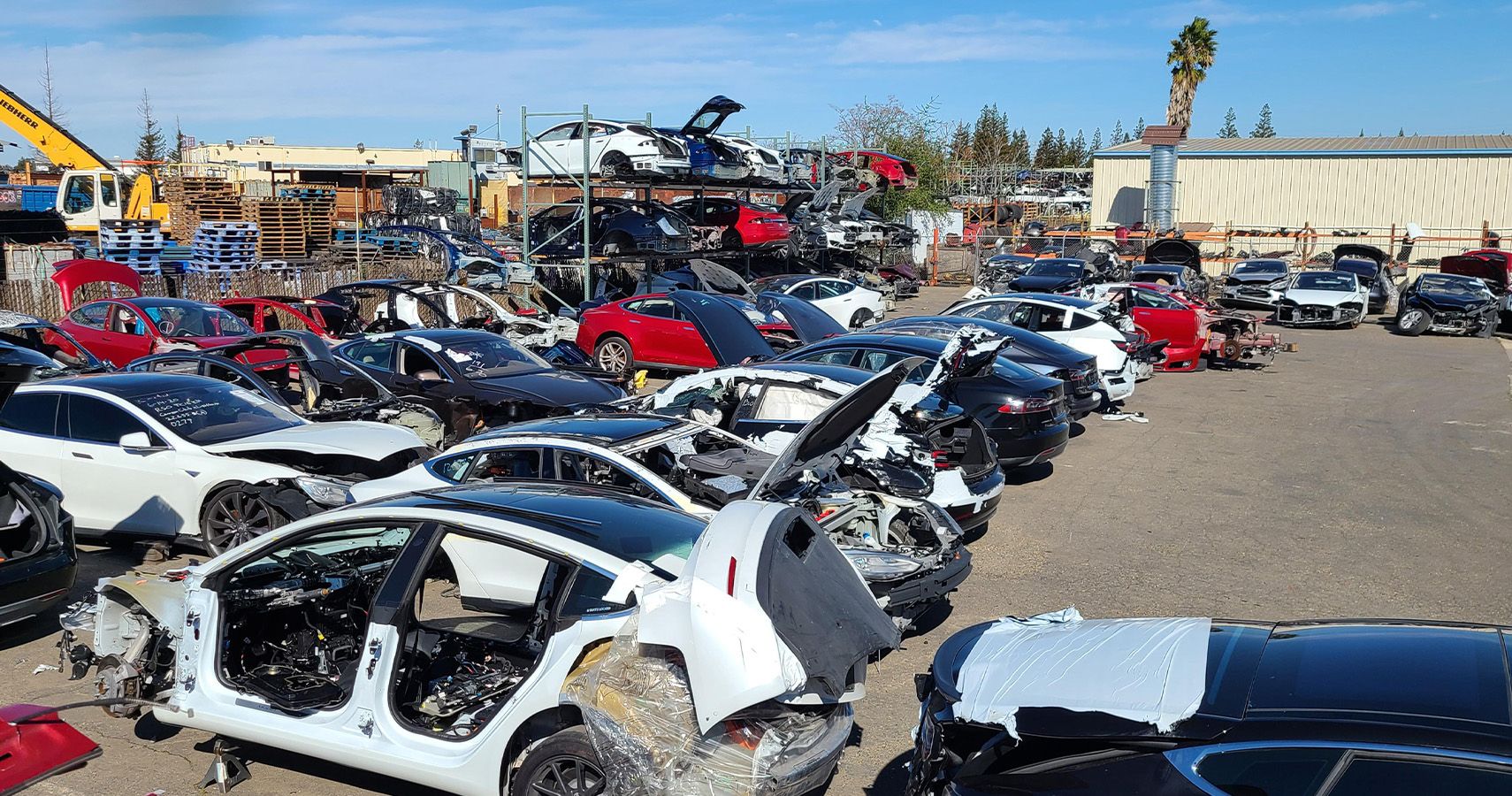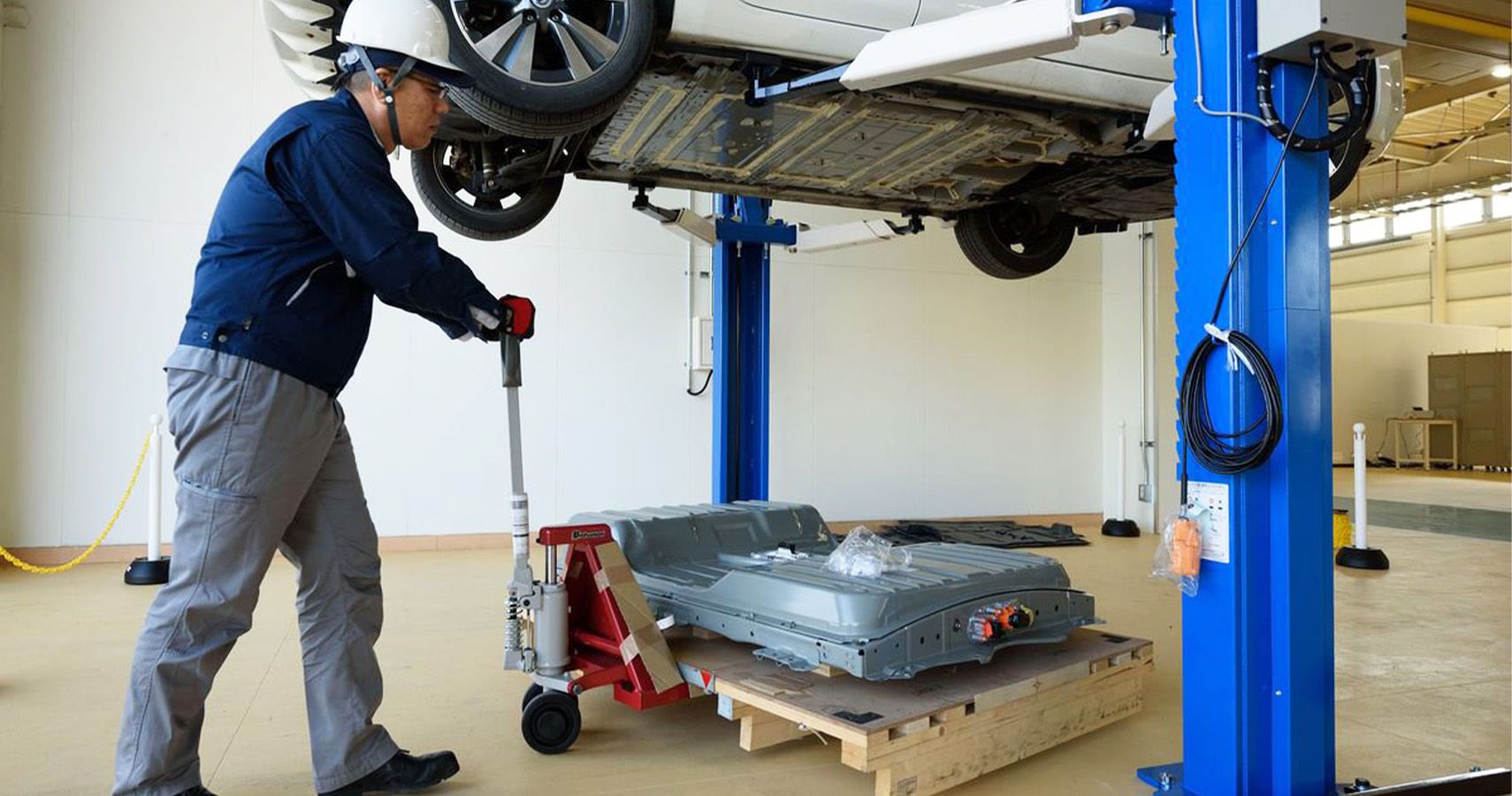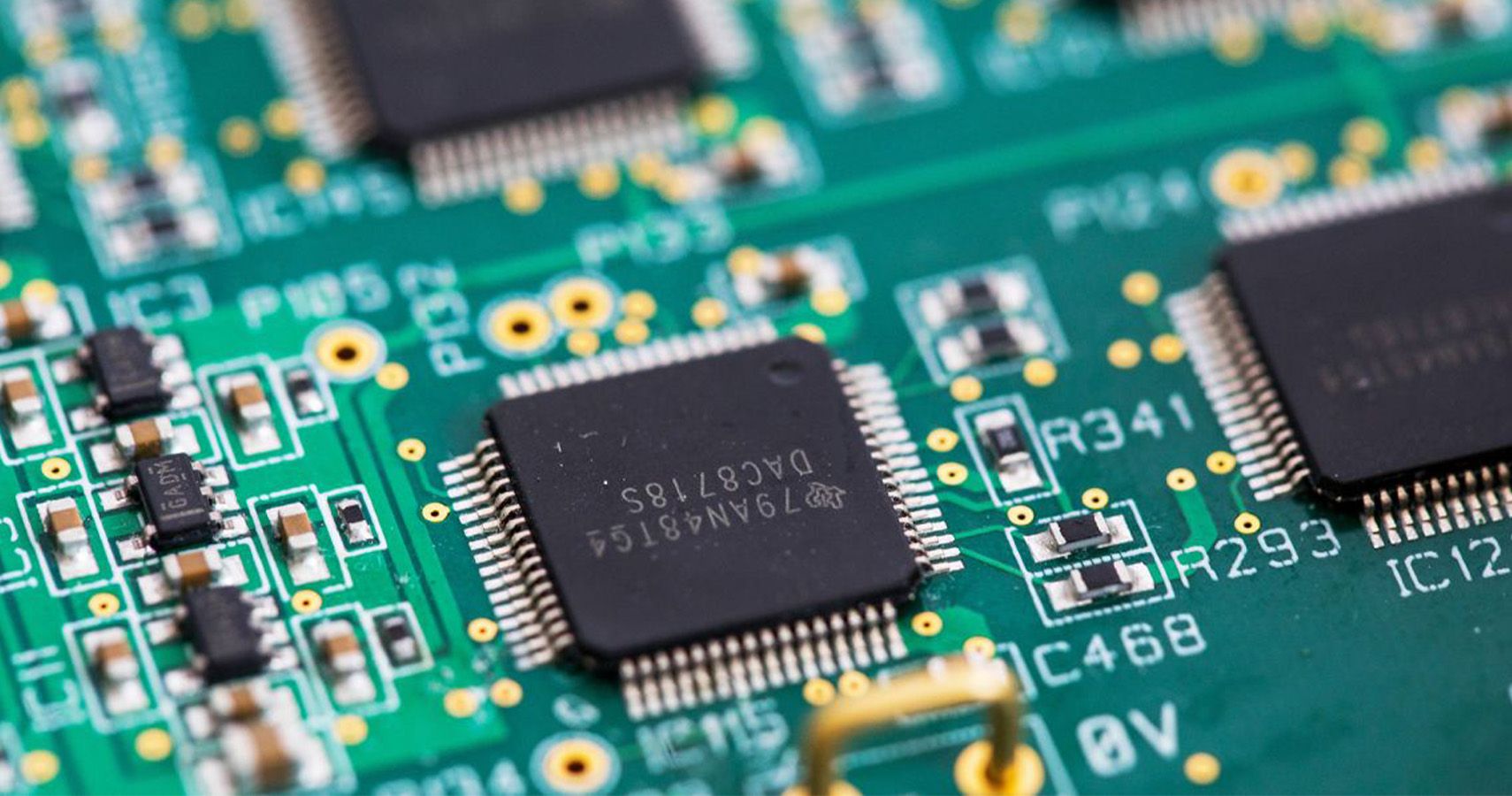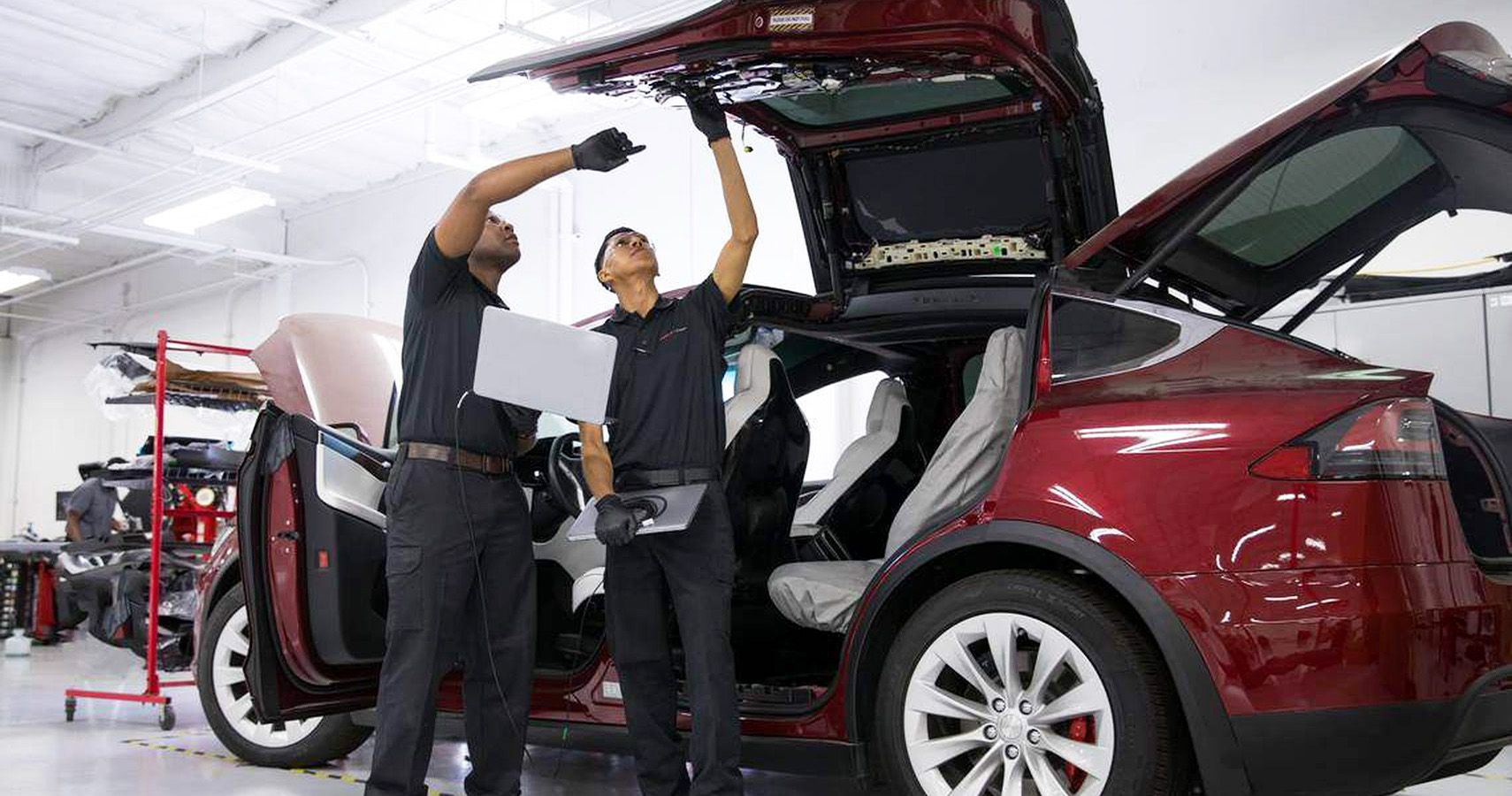The automotive industry's clear transition towards widespread electrification took big steps in the past month, as Lucid announced the forthcoming Air's EPA range estimate of over 500 miles, Rivian off-roaded an electric pickup all the way across the country, and Chevrolet joined Ford by revealing an all-electric Silverado to compete with the new F-150 Lightning.
But as consumers begin shedding their concerns about range anxiety and charger availability, what sticking points remain as potential headaches for other facets of the EV industry? To learn more about how insurance companies, repair shops, and manufacturers themselves believe the EV revolution can continue to overcome a broad range of obvious—and not so obvious—challenges, I recently spoke with Susana Gotsch, Senior Director and Industry Analyst at CCC Intelligent Solutions.
CCC Senior Director And Industry Analyst Susanna Gotsch
CCC is a publicly-traded company that specializes in digital solutions throughout the automotive industry, with a focus on data that can help manufacturers, insurance companies, auto body repair shops, and parts suppliers streamline their products. Gotsch joined CCC in 1992 and has served as an industry analyst for the past 25 years.
"Essentially, I work with the data that we collect," she said, "And provide context for that data in terms of within the broader economy, the new and used vehicle markets, what’s happening to the technologies going into vehicles, what’s happening in demographics."
Gotsch's two-and-a-half decades at CCC almost perfectly mirror the rise of automotive electrification, going back to when GM debuted the EV1 for the 1996 model year. Throughout that time, Gotsch's position afforded her the perfect perspective to watch and analyze—and perhaps even affect—the new tech's development into today's undeniable market force.
"I wouldn’t say I’m an expert on any one topic in a great amount of detail, " she admitted. "But I think I have a pretty good handle on the broader context of things and how they tie together. And in the case of EVs, EVs have become obviously a very hot topic since the Biden administration made some pronouncements and pulled back some of the rules that the Trump administration had put in place to pull back some of the Obama EPA standards."
By now, just about everyone recognizes that electric cars represent the future of global industry—largely serving to achieve the main goal of reducing automotive emissions. But the question of how to make EVs sustainable, rather than just using them to replace traditional gasoline or diesel-powered vehicles, still remains up for debate.
"Moving from the internal-combustion-engine vehicles to EVs has its advantages," Gotsch told me. "But I think there’s certainly the overall need for sustainability. And the need to be sustainability has become a much larger concern at the corporate level because citizens expect companies to have that on their radar."
Planned (And Unplanned) Obsolescence
At that point, I brought up how electric cars can easily seem like consumable, disposable products more than a potential investment that buyers might believe they can drive for a long time—I likened a Tesla purchase to an iPhone, which most people need to replace every few years due to obsolescence (planned or otherwise). And, of course, our conversation naturally focused on Tesla, which sits atop the EV foodchain despite having earned a reputation for terrible build quality and difficult repairs quite early on.
"Teslas are unique in and of themselves because they typically have a higher MSRP when they’re purchased," Gotsch responded. "From the repair side, there was a lot of training needed—from the repair facility side—needed to repair those cars. Initially, when Tesla set up their repair network, shops had to make significant investments, in the training and the tooling."
The difficulties that shops face when repairing Tesla's vehicles, however, also extend across the market as the steadily increasing digitization of cars proliferates downward to economical commuters. As more and more cars leave the factory equipped with backup cameras and advanced driver's aids like adaptive cruise control, automatic braking, and Level 2 autonomy, mechanics more than ever now need to put the wrenches and ratchets down to learn about both software and hardware. Plus, everyone needs to understand the big picture issues, like how to discharge a battery safely so that employees at a repair shop don't get zapped.
Powered By Lithium-Ion Batteries
Repairing an electric car may require a new set of skills, but what about the sustainability of actually building one? A broad range of EV experts that I've spoken with lately brought up the conversation surrounding lithium, which serves as the basis for today's impressive performance and charging stats. Gotsch added a bit of new knowledge there, too.
"I think any time you have development, you’re weighing cost," she said, "Not only economic cost but the cost to the broader environment. But I think there’s been a lot of work that people are doing to find alternatives to lithium."
Those environmental costs include—but are not limited to—the ill effects of strip mining, environmental disasters, inhumane working conditions, and the fact that lithium remains relatively scarce across the planet. In fact, lithium is so rare that the entire industry has already begun preparing for the end of an era that seemingly only just began.
"A Chinese company that’s doing some stuff with sodium-ion batteries," she continued, "They’re looking at what are the alternatives to lithium-ion, and sodium is another material that’s fairly available in broad areas."
Semiconductor And Microprocessor Chip Shortages
And then there's the microprocessor and chip shortage that has made massive news for the past year, as the Covid-19 pandemic ground supply chains to a halt worldwide—leaving each and every automaker scrambling, but especially with regards to EV production.
"The semiconductor chip shortage has underscored for them how much more of an active role they need to take into the sourcing and the supply chain management," Gotsch said. "Historically, a lot of that was pushed to their Tier 1 and Tier 2 supplier since they were the ones supplying the components for the vehicles, so that was their responsibility. But there’s such a growing reliance on these chips that it’s become sort of the canary in the coal mine, so to speak, of the need for automakers to be more involved in the supply chain. So if you look at companies like Volkswagen, BMW, and GM, and others now, they’re taking a much more active role in trying to source lithium from the actual lithium mines."
Competition with more traditional software and hardware companies like Apple and Microsoft also comes into consideration but Gotsch believes that software decisions could potentially play a big role for automakers, too.
Removing Features To Save Parts
"If you think about it, Microsoft Excel has hundreds of features in it that nobody ever uses," she told me. "I think you're going to find that automakers are going to have to do the same thing and track what features customers are actually using, because their cost to build some of this technology is getting to be significant. And if you look at the semiconductor shortage, it’s causing them to make decisions about where they’re putting those chips, and can they remove certain features. I think it was the Silverado, they took out a chip that helps track fuel economy. They figured that was one that a lot of people didn’t care about, so they took it out."
For automakers and insurers, just like consumers, the EV revolution can feel a bit like a guessing game because everything remains so new. Insurers in particular sound like they're playing a bit of catch-up while creating forecasts based on limited real-world data.
"When you look at EVs, because a large majority of those are Teslas, carriers don’t have a lot of history to look at to rate a vehicle from its exposure perspective."
Envisioning An Entire Sustainability Loop
Sustainability concerns surrounding electric cars extend beyond sourcing the precious metals and manufacturing the components, too.
"If you take out the comprehensive losses, what we’re seeing is that vehicles that are two years of age, for example, over 10% of those are being totaled now. And a lot of that, frankly, comes down to how well vehicles hold their residual value."
Perhaps one bright spot I gleaned from our conversation, however, was that mechanics learning to work on EVs will learn the precise skills that can help them more efficiently fix ICE cars, as they also grow increasingly complex.
"The concern is," Gotsch explained, "Now we’ve got cars that are so technologically advanced, how much more is going to cost to fix them than replace them? And what does that look like down the road?"
Gotsch told me she recently sold her Volvo because she lives in a small town and can easily walk anywhere to find anything she needs. But I still asked, given all her years studying the industry, what she would drive if forced to buy a car today. Surprise surprise, she answered that she'd get an EV. And from an even more surprising reliability standpoint: the Jaguar I-Pace.
"If money were no object, I think I’d get the Jaguar. I’m a suburban mom and that’s kind of my thing."
Sources: lucidmotors.com, cccis.com, greencarreports.com, and jaguarusa.com.

